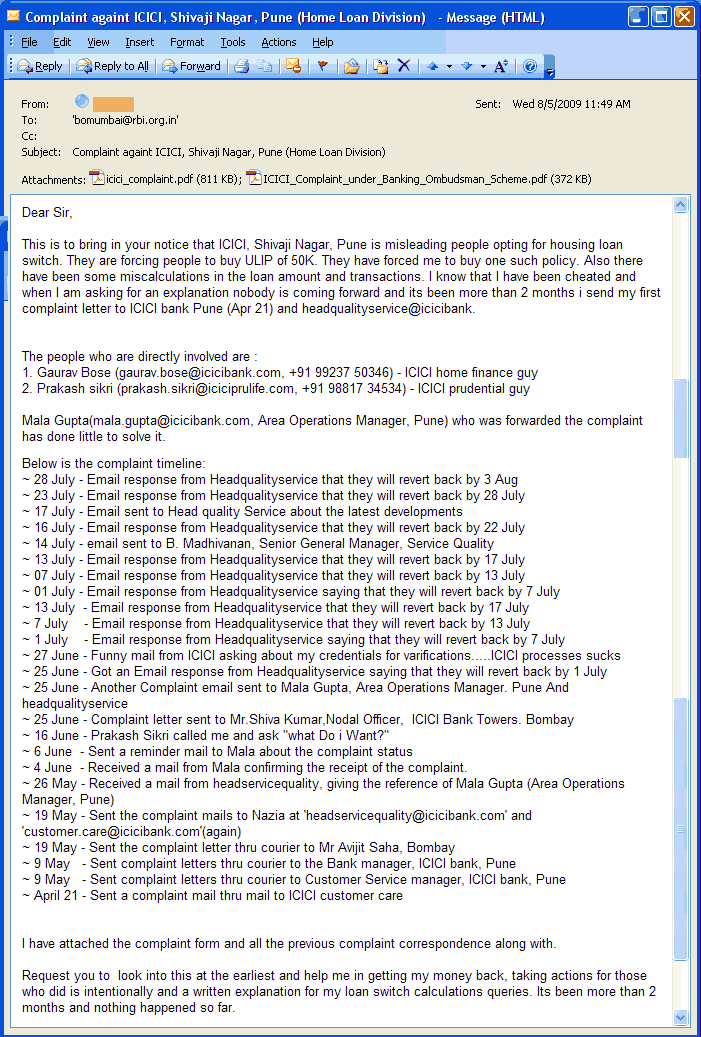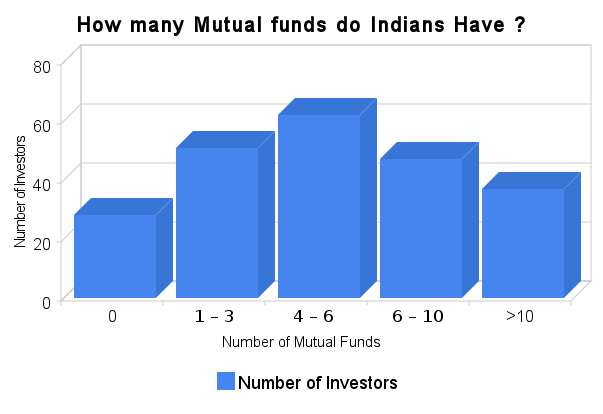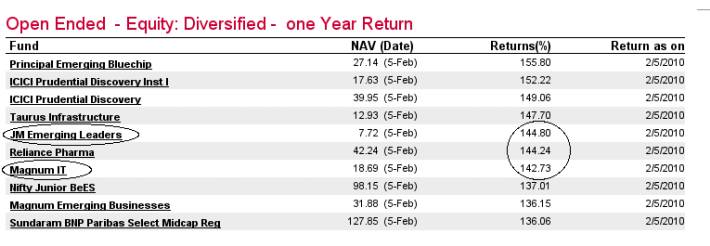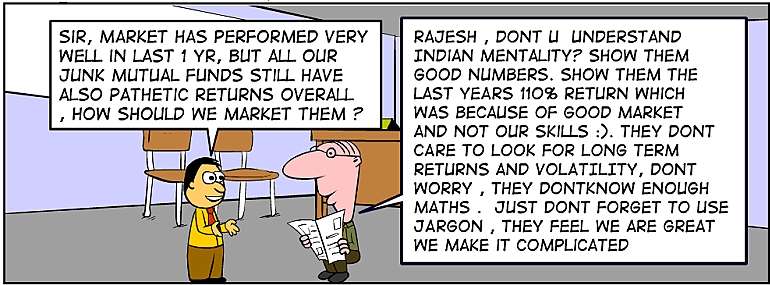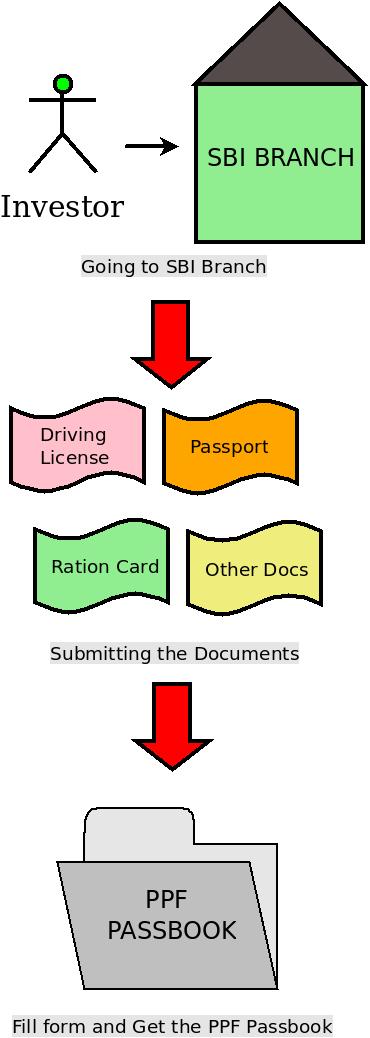So I was talking to this reader and came to know that her husband’s investments are done by his father. I was curious to know the reason of this and to my surprise, the biggest reason that came up was that he (the husband) has no interest in Investments and personal finance and hence he has outsourced this decision-making part to his Father!
So this guy’s father does all his mutual funds, LIC policies, PPF and other tax saving instruments, apart from that he does his non-tax saving part too. He has bought some Child ULIP’s to “secure” his grand children’s future.
Let us see this serious disease which is killing our country slowly .
Problems Which can arise due to “Papa Kehte Hain” kind of situation
- Unsuitable Psychology : As we discussed earlier, today’s world needs better way of handling investing decisions and a better psychology, A person has to be more updated these days than what our Fathers were in their days. So today’s father generally do not handle money in right way as it should be because of lack of knowledge and a different attitude.
- No Idea of Investments and documents : You may also not be aware of where your parents are investing your money ! They might not tell you about it or they may forget to tell you where the documents are kept, when is the maturity of some products and issue like these which look small but can become very major when some bad things happens.
- No Self-dependency and hence lack of knowledge: It might look rude but believe me, your parents will go some day and all of it is going to come at you some day and not knowing a lot of things that time will be a horrible situation. You don’t know how to invest, where to invest, you not knowing the rules of investing, you don’t know where you took insurance from, when is it maturing, etc,etc. It’s like starting all over again. It can be painful, you are always dependent on your parents then. Its a bad thing.
An Important question you have to ask
In today’s world most of the fathers and Uncles have no idea how to take investing decisions. It’s a new and different world now compared to their days. They have not much idea of how things should happen in today’s world.
Our fathers, grandfathers and Uncles have come from a very different time when there were no choices other than LIC polices and FD’s. The education was cheap, every one’s desires were limited and people were happy with their limited environment.
Things have changed today and now we are in a different world which has added pressure, high expectations from life, Education needs lacs today, the costliest one is for the kids these days, forget adults :). People are eating out more, people are spending more, want more (not need more) and to achieve all that we need to grow our more smartly.
Buying simple FD’s and Endowment policies will Kill you some days without letting you know.
“Most Parents today do not understand how to take investing decisions in today’s world and environment. Trusting them with this skill can be very costly in today’s world. There is no harm in evaluating if they should take it in their hand or not. Be bold!!
Why are you letting your Father take the decisions? What’s the reason for it? Is it respect and just because he is the oldest one you know in your family and he has seen more life than you? Do you think it makes him more better investor and decision taker than you or some one else? It’s not right!!
May be he is totally not suitable, Respect and “experience” is fine, but you can’t just let them take decisions just on these two criteria. It’s dangerous.
Counter Scenario
On the other hand, we have Father or elderly relatives who are really good, they are experts in field of direct stock investing. Understanding financial planning and have good experience of investing with today’s environment, it’s always advisable to take their help or at least the guidance in many cases.
At the end you have to decide if your parents are the right one’s to take decisions for your money or not? It’s a personal evaluation to be done.
Has this Happened to you? Do you know of any one who is facing similar issues? Please share your views and personal experiences.
